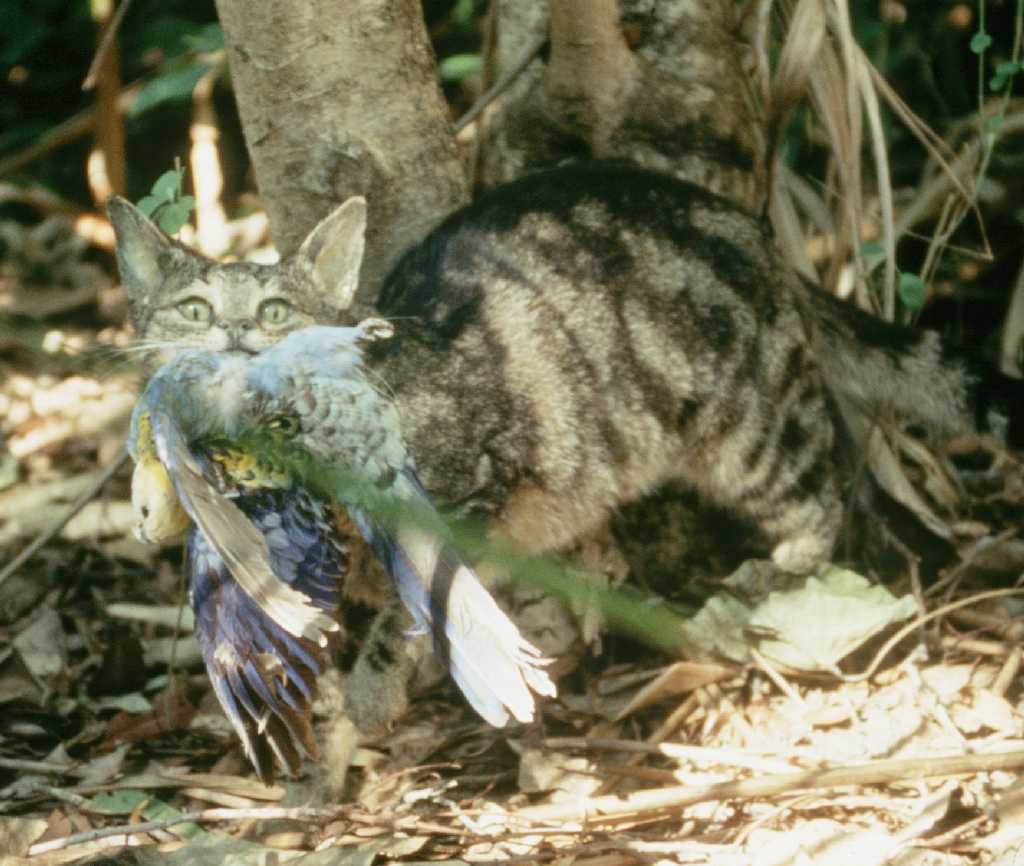Media release
From:
The Royal Society
A triple threat: high population density, high foraging intensity and flexible habitat preferences explain high impact of feral cats on prey
Proceedings of the Royal Society B: Biological Sciences
Why have invasive predators had such a devastating impact on biodiversity worldwide? The usual explanation is that prey are 'naïve', unable to respond effectively to an unfamiliar predator. Rather than focus only on the responses of individual prey species, however, we show that understanding the behaviour of the invasive predator, and how it differs from that of native predators, can allow us to predict its impact across a broad range of native wildlife.
Attachments
Note: Not all attachments are visible to the general public.
Research URLs will go live after the embargo ends.

Research
The Royal Society, Web page
Please link to the article in online versions of your report (the URL will go live after the embargo ends).
Journal/
conference:
Proceedings of the Royal Society B
Organisation/s:
University of Tasmania, Tasmanian Land Conservancy
Funder:
This work was supported by an Australian Research Council
(ARC) Linkage Scheme grant no. (LP130100949), an Ecological
Society of Australia ‘The Nature Conservancy Applied Conservation
Award’, a Holsworth Wildlife Research Endowment Grant and a
Royal Zoological Society of NSW Ethel Mary Read Scholarship.



 Australia; TAS
Australia; TAS



